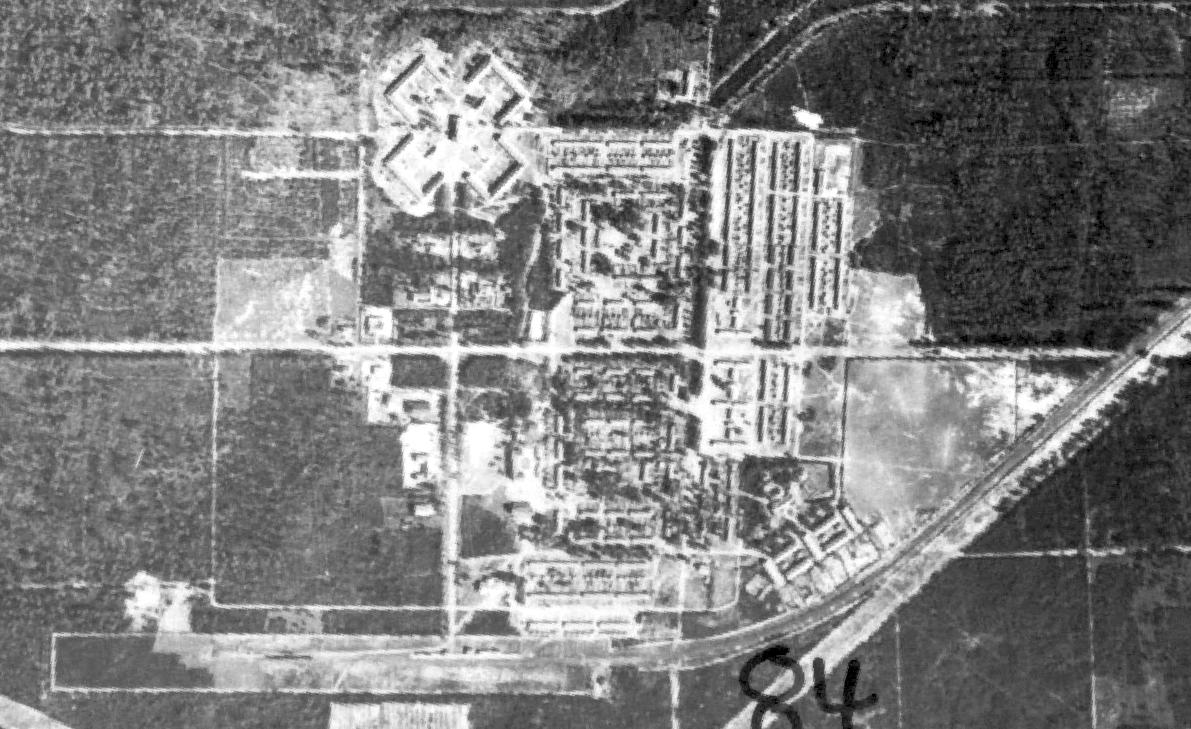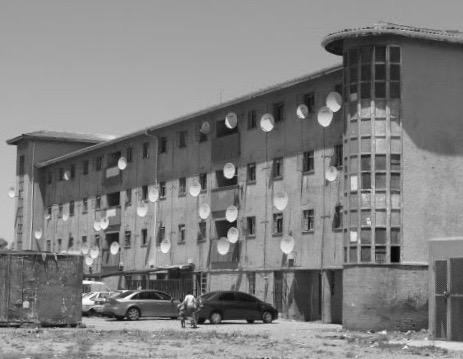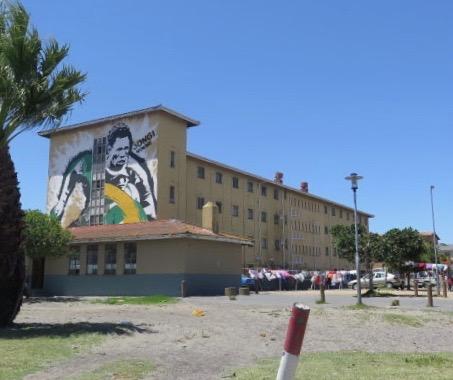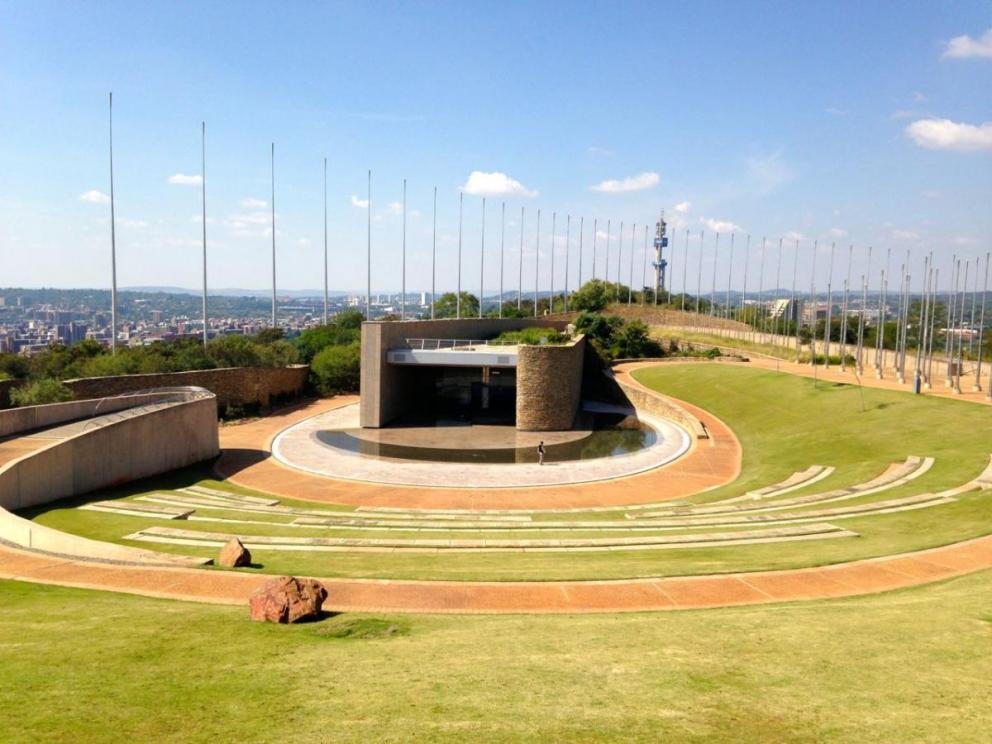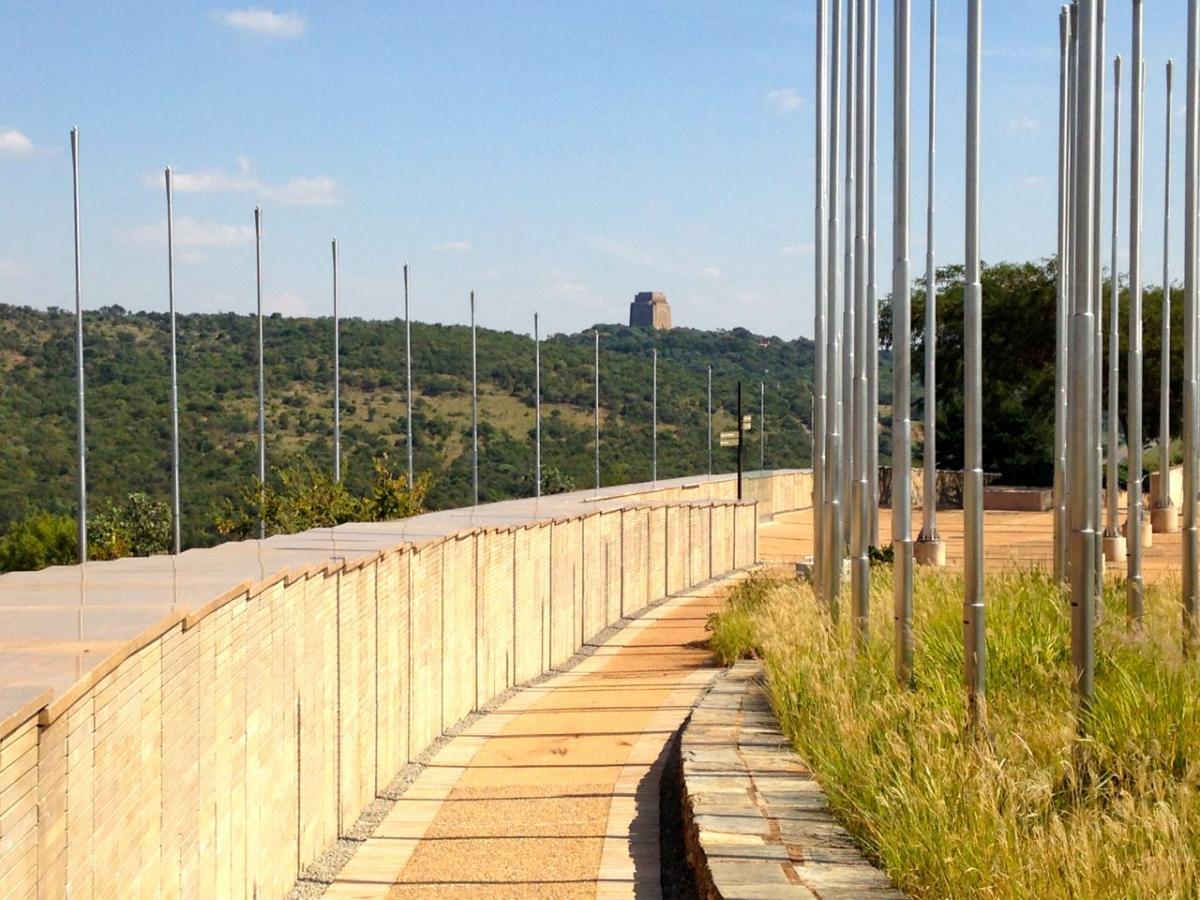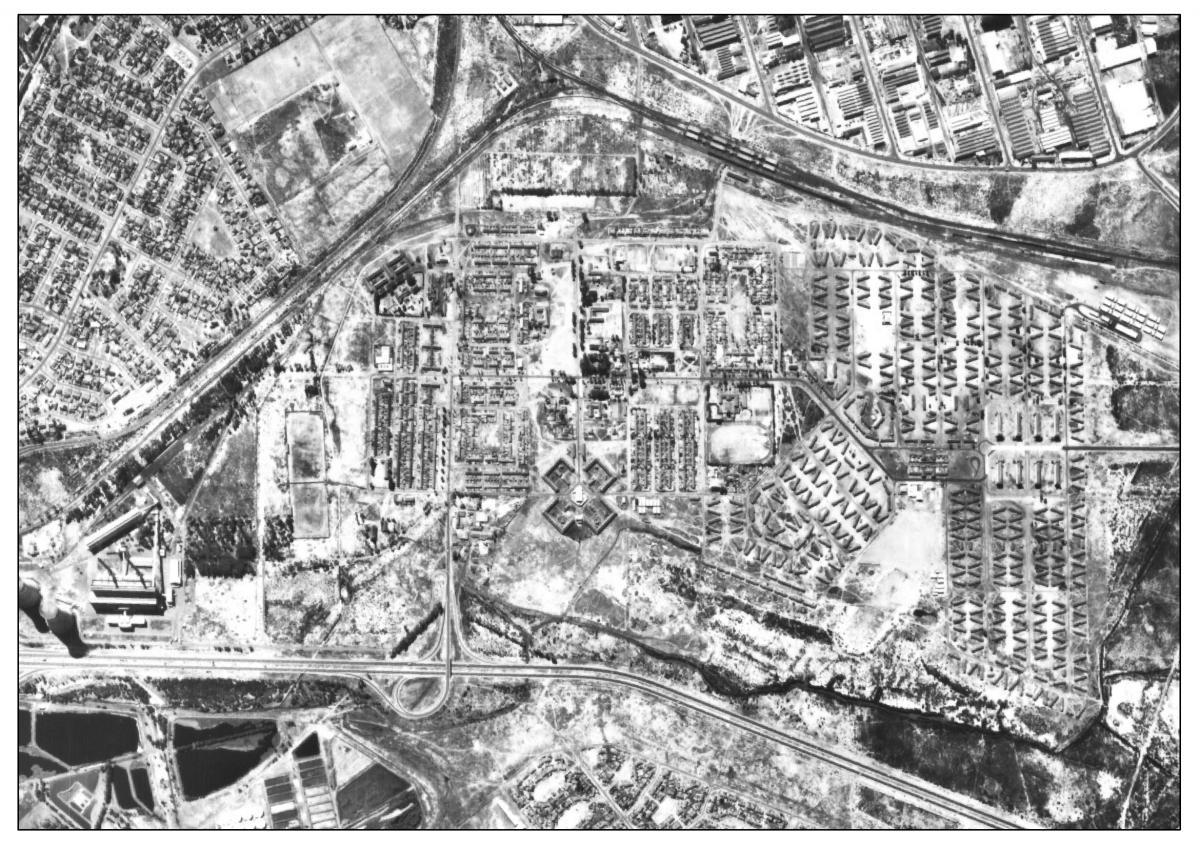
Disclaimer: Any views expressed by individuals and organisations are their own and do not in any way represent the views of The Heritage Portal. If you find any mistakes or historical inaccuracies, please contact the editor.
Heritage encompasses all that we experience in everyday life. It is far more fluid in how it is experienced by society than what we perceive it to be. It is where ideas of individual identity and the role of nation states connect. It is who we are as individuals and how we relate to one another in society.
“In one familiar aspect it, it refers to buildings, monuments, landscapes and artefacts; but it can also refer to values held in common, bodies of memory, even personality traits. The National Heritage Resources Act No. 25 of 1999 specifically refers to a category of ‘living heritage,’ which includes such phenomena as cultural tradition, oral history, performance, ritual, popular memory and ‘indigenous knowledge system." (Shepherd, 2008)
In order to be able to decipher the complexities of our heritage one has to first delve into the history of how we came to experience heritage as we do today. In so doing we seek to find the path that leads to a more inclusive and representative society that we all subscribe to in all its diversity. The National Heritage Resources Act No. 25 of 1999 set out with the aims of stitching together the disparate strands of all society in order to forge a path for the rainbow nation.
Nearly twenty years on it has become apparent that there is a need to revisit and assess how far we are from achieving the goals that the Act sets out in order for us to meet the challenges that are facing us in the next 20 years. Heritage after all, is the reflection of our present, relating to the past in order to inform our future as a country. This takes place in many forms both physical and metaphysical and at various scales. This is what the heritage legislation seeks to address. It is both ambitious and broad in its mission to address the various issues that are prevalent in today’s society through the holistic approach to heritage resource management of the national estate.
Langa as Heritage
Langa as a place and a community, presents a moment where we can adopt an approach to heritage that acknowledges the past in a way that is much more inclusive to the community with people having agency and seeing themselves as part of the narrative.
Langa is a township which was established in 1927 in the City of Cape Town. It is named after the chief of the ama-Hlubi nation, Chief Langalibalele Mthimkhulu. In 1873 the colonial authority demanded that all guns be registered. Langalibalele refused and a violent skirmish ensued where European troops were killed.
He was tried, found guilty, banished to Robben Island and then finally sent to a farm named Uitvlugt, which is where Langa is located today. Through the Native Affairs Department under Walter Sanford and on the insistence of the African community residing in Ndabeni, the new location was given the name of Langa. The full name was Langalibalele, but Langa (the sun) was adopted because the community didn’t think that it would be approved by the authority in its full form. Hence it has been known by that name ever since.
The first residents of Langa came from the rural areas to the city seeking work. Most worked in the city’s dockyards and were housed in barracks and tenement housing. By the 1890s the city began to grow and overcrowding and disease became a problem. There was a need to deal with the ‘native problem.’ The Public Health Amendment Act of 1897 sec. 15, enabled the forced removal of Africans from the city to a forest reserve of twenty-four morgen called Uitvlugt in the cape flats. By 1899 the Locations Bill was passed to further restrict the movement of natives in the urban areas.
Through a series of laws and lobbying on part of the Cape Government, the Native Reserve Locations Bill was introduced which saw the establishment of the settlement on the reserve. Uitvlugt was renamed Ndabeni and over time it became a problem due to bad sanitary conditions and overcrowding. By then, there was a concerted effort by the government to remove all Africans from the city through the (Natives) Urban Areas Act of 1923 which gave local authorities powers to control administration of rent, freedom of movement and labour of Africans in the urban areas. This led to the establishment of native locations, compulsory residence in locations, Native Revenue Accounts and Advisory Boards.
The new location called Langa was officially opened on 10 September 1927 with the intention of accommodating 2200 males in barracks and quarters for married couples.
Aerial photo of Langa from 1938 (City of Cape Town)
History of Managing Heritage
“Notions of landscape are closely tied to conceptions of heritage. In the earlier period, notions of heritage were linked to the imagined geography of the new national space constituted by the Act of Union, now also conceptualized as a field of scientific endeavour. In the later period this switched to the sacred landscape of Afrikaner political mythology, whose routes were marked by the passage of ox-wagons and the course of Trekker history.” (Shepherd, 2008)
The earliest piece of heritage legislation in South Africa was the Bushman Relics Act of 1911 which was passed after the Act of Union. Its main aim was to protect anthropological contents of graves, rock shelters, middens and shell mounds. By 1923 the National Historical Monuments Act extended protection to monuments and built structures. The Act also established the first statutory body responsible for heritage management, the Commission for the Preservation of Natural and historic Monuments of the Union or the Historical Monuments Commission. (Shepherd, 2008)
In 1934, the Historical Monuments Commission was given increased powers in terms of the Natural and Historical Monuments, Relics and Antiquities Act. This coincided with the founding of the Bureau of Archaeology, under Peter van Riet Lowe who was a civil engineer turned archaeologist. He served as the secretary to the Commission which gave greater prominence to the field of archaeology. A series of discoveries in the field such as Raymond Dart’s naming of the Austrolopothecus Africanus fossil played an important role as well. Shepherd argues that this, and the strong political support of Smuts led to the South Africanization of the sciences with archaeology spearheading the ideological thrust in the conception of heritage in South Africa.
Events such as the re-enactments of the Great Trek in 1938 that culminated in the laying of the foundation stone of the Voortrekker Monument (Moodier 1975; Thompson 1985) and the Van Riebeeck Tercentenary Celebrations of 1952 transformed the conception of heritage in South Africa. Allied to this, the victory of the National Party for the first whites-only election in 1948 and the death of Smuts in 1950 framed the way in which heritage was conceived in South Africa.
During this time there was a growing awareness of heritage conservation which saw the establishment of heritage organisations such as the Simon van der Stel, the Vernacular Architecture Society of South Africa and Historical Homes of South Africa Limited. Through their efforts and other interest groups, a new piece of legislation, the National Monuments Act was promulgated and passed in 1969. As a result, the Historical Monuments Commission was replaced by the National Moments Council under the Minister of Education which saw a shift to a notion of heritage that predominantly focused on the Built Environment. This saw heritage pass from the domain of archaeologist and prehistorians to Afrikaner folk historians and then finally to the domain of architects and planners. (Shepherd; 2008).
Allied to this, the late 1960s and early 1970s were a period characterised by great political upheaval which saw forced removals and inner-city precincts such as District-Six where urban conservation operated within a highly selective purview which consisted of a nostalgic reading of settler history and the material record of its various events and institutions – conquest, racial slavery, border wars, and wars of dispossession, which saw “…a profound disconnection between popular or mass notions of heritage and official or state-sanctioned notions of heritage reproduced in various heritage institutions.” (Shepherd; 2008)
By the 1960s, with rapid economic growth and increased political repression, “…heritage became subsumed as part of the cultural apparatus of the modernising apartheid state (Hall 1984, 1990; Shepherd 2003).”
Heritage and the urban environment
A proactive way of looking at heritage would be to uncover and interrogate the meaning of the past as well as the various changes that resulted in the cultural landscape of the ‘township’ typology that exists. This is so that we can have heritage of the townships become more relatable to the broader South African community / communities. The very real act of the “making” of the township through the repressive and pervasive act of Government is as a site of struggle.
It is an environment that was the site of struggle against subjugation of the masses by the unjust laws of apartheid, and the more recent ongoing effects of structural inequality. It is a heritage which is associated with both tangible and intangible attributes. This came about in the form of buildings, churches and pathways which were all used to assist in the separation and ‘opposition’ to urban black population. By studying this environment, we need to approach it in a new way which begins to give a sense of dignity and pride to the majority of the population.
Hassan & Chirikure in Managing Heritage in Africa go some way to give direction as how to go about doing this:
“While the built areas represent the tangible element, ethical values, social customs, belief system, religious ceremonies and traditional knowledge are expression of intangible heritage (Rojas 2007; Jopela 2011). Because these tangible and intangible values, intense emotions are attached to historic and ancient buildings and townscapes. Any failure to sustainably conserve urban heritage deprives communities of their sense of cultural identity, belonging and livelihoods.”
However, I see it as a rare opportunity where heritage issues play out in a myriad of ways and where there is a chance to engage with a broader understanding of the built environment in a dynamic and hybrid environment. Some of the issues that occupy the centre of our public discourse on land and dispossession, one could argue, stem from heritage as lived experience.
Therefore, isn’t it time to summon energy to confront these issues with zeal, sober in knowing that we may not find the answers? By engaging in the process of dialogue with the community, we may begin to forge a collective understanding of each other through our diverse heritage. Here, I argue, is where all of us have a role to play. All of us being civil society, academia and a spectrum of other stakeholders. We need to engage in mapping the sites of memory, where the story of the urban poor and rural migration converge and interact.
The Construction of Place
The township as a cultural landscape represents opportunity where we, as society, begin to see heritage reinvented, and deal with transformation and the post-colony where local communities, non-governmental actors and government begin to adapt to ensure that heritage is suitably utilised and duly protected. Therefore, I suggest that through consolidating the material culture as well as the intangible meanings applied to this built environment of the township, we may begin to produce other avenues by which communities relate to heritage as it exists today.
A Hostel in Langa (Gcobani Sipoyo)
Another shot of a Langa Hostel (Gcobani Sipoyo)
Langa heritage has its genesis in the story of South Africa and unfolds in a manner where one can trace the history of place making, migrant labour and the advent of apartheid. Structures still exist today such as the beer hall, the police station and the pass office site of resistance and protest. It is then up to us to decide what stays and what remains in these sites of our collective memory in order to ensure that we don’t lose what may never be recovered.
We can draw on examples where we have begun to find different approaches to memorialisation and heritage management and begin to interpret sites of memory in a more inclusive manner. There are signs of this already taking place, for example: Freedom Park, an institution which celebrates our diversity and brings a well spring of knowledge and virtues grounded in the best of what we as South Africa have to offer as a society to the rest of the world. This is where we exhibit our history for all to see from the beginning of time all the way to where we find ourselves now.
The amphitheatre at Freedom Park (The Heritage Portal)
The ideas celebrate freedom with a site of contemplation called isivivane, a place where one can commune with the ancestors from all walks of life. This affords the opportunity to confront and deal with his/her place in the world and their role in it. If you haven't yet gone and experienced this building and the landscape, you should make an effort to go. Just opposite this, is the Voortrekker Monument, and these two monuments sit opposite one another in constant dialogue, which brings about a profound realisation of South Africa’s past with its future.
Looking towards the Voortrekker Monument from Freedom Park (The Heritage Portal)
On the advent of the 20th anniversary of the Heritage Act, wouldn’t it be appropriate to contribute further in the project of nation building by providing a way in which the story of South Africa is told in a manner which is more inclusive and relatable to the man and women on the street?
Conclusion
Heritage and heritage resources can, therefore, only (or in the first instance) be identified as such by individuals, groups, communities and/or the nation who associate meanings and significances with the physical. In practice, however, such identifications are usually articulated and/or made by ‘experts’, special-interest groups and/or heritage authorities who, in effect, make claims for the ‘heritage-claimant’ groups. Often, however, heritage is the relic of previous or past regimes. (Townsend; 2012)
In the year of the 100th Birthday of Madiba, the 10th Anniversary of the Position Paper put forward by the South African Heritage Resources Agency on the Safeguarding of Intangible Heritage, wouldn’t it be apt for us to refocus and put communities at the centre of heritage resource management and thereby ensuring that sustainable management of our heritage resources for all people. This can only happen if we begin to adopt a holistic definition of heritage which encompasses both the intangible and tangible heritage.
About the author: Gcobani Sipoyo is a civil servant working for the South African Heritage Resources Agency. He has a background of more than eight years working in commercial practice before moving into the field of heritage. His work involves dealing with state issues around heritage, redress and transformation, specifically in the built environment. He is particularly interested in understanding how the state uses heritage to prescribe values and significance to site, thereby shaping our understanding of heritage in a post-apartheid environment. He is currently studying towards a Masters in Philosophy of the Built Environment at the University of Cape Town, where he is researching the uses of heritage through the investigation of heritage values in the built environment of Langa, South Africa’s oldest township.
Main image: Aerial view of Langa hostels (Source: City of Cape Town)
References
- Littler, Jo, and Roshi Naidoo, eds. The Politics of Heritage: The legacies of race. Routledge, 2004.
- National Heritage Resources Act No. 25 of 1999
- Ndoro, Webber, Shadreck Chirikure, and Janette Deacon, eds. Managing Heritage in Africa: Who Cares? Routledge, 2017.
- Peterson, Derek R., Kodzo Gavua, and Ciraj Rassool. The politics of heritage in Africa: economies, histories, and infrastructures. (2015).
- Saunders, Christopher, From Ndabeni to Langa, University of Cape Town. History Dept, and University of Cape Town. Centre for African Studies. Studies in the history of Cape Town. Vol. 1. The Department, 1984.
- Shepherd, Nick, and Steven L. Robins, eds. New South African Keywords. Ohio University Press, 2008.
- Smith, George S., Phyllis Mauch Messenger, and Hilary A. Soderland, eds. Heritage values in contemporary society. Routledge, 2017.
Comments will load below. If for any reason none appear click here for some troubleshooting tips. If you would like to post a comment and need instructions click here.

